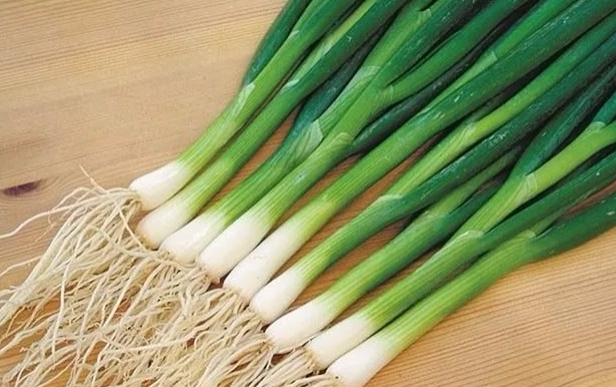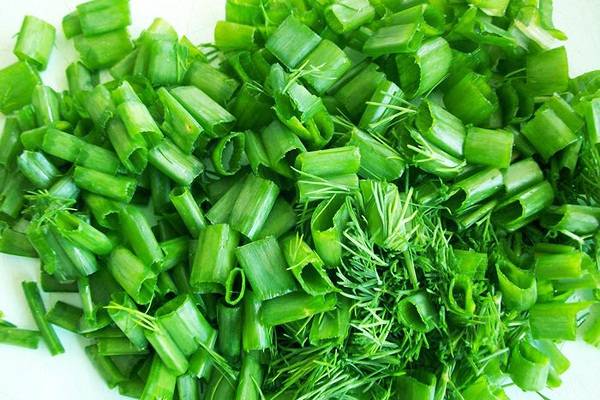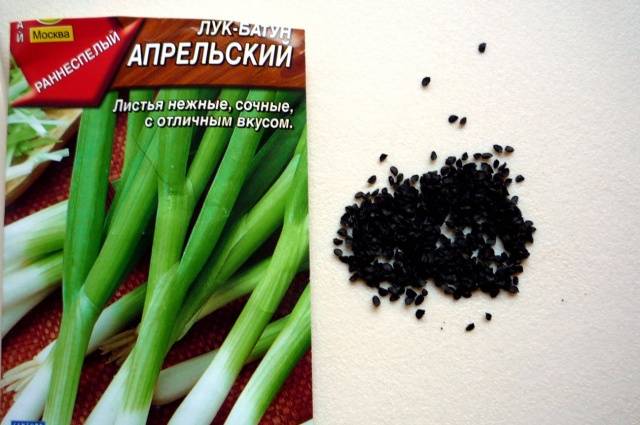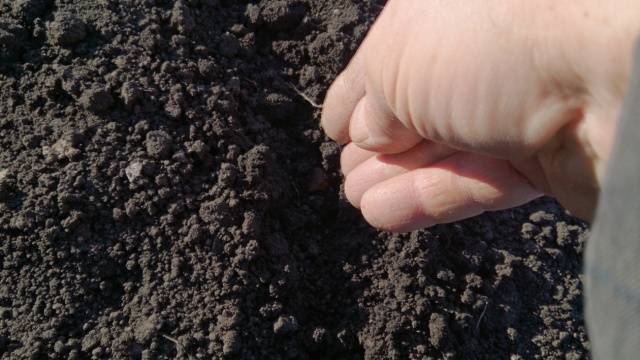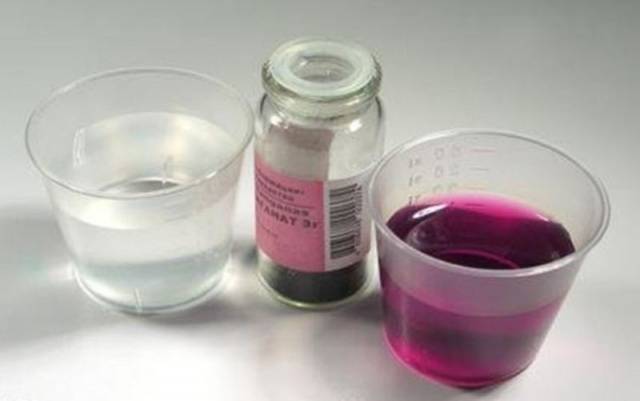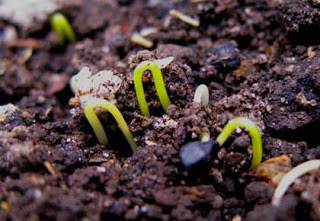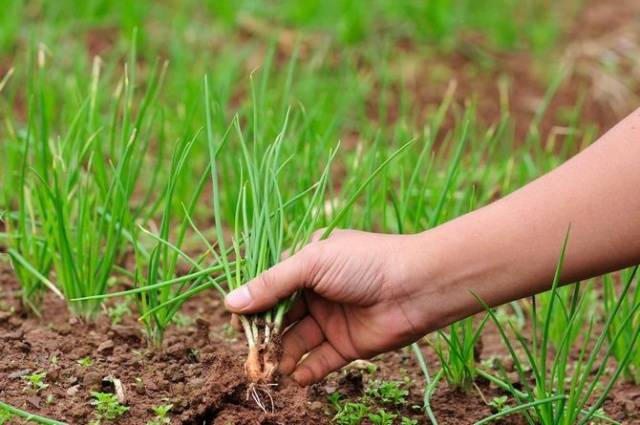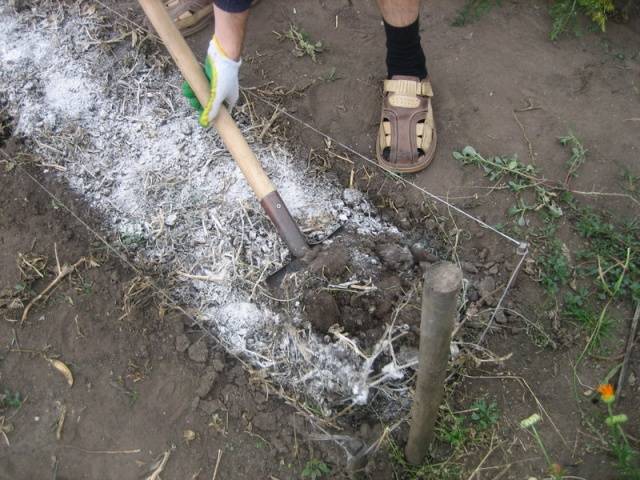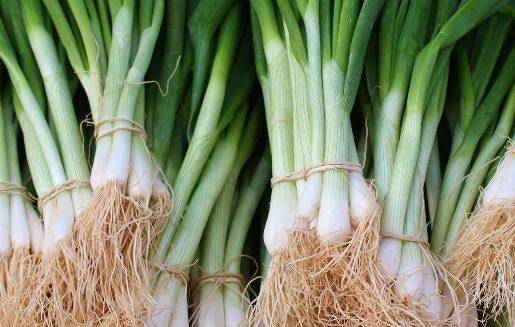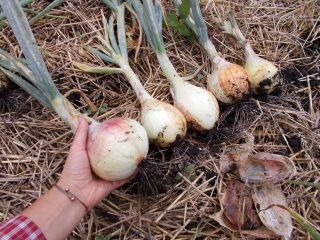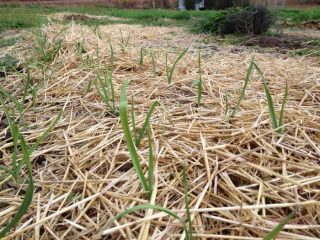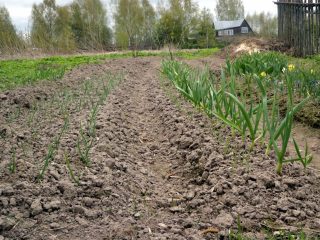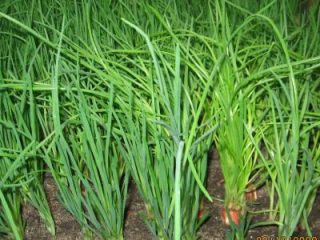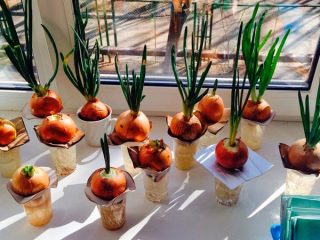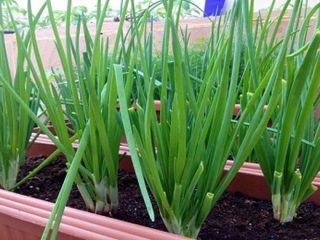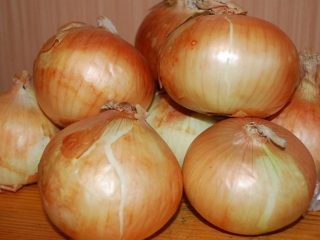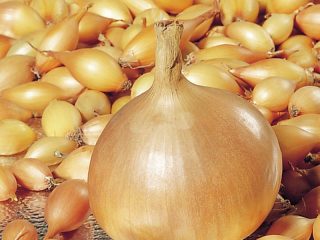Content
In early spring, the human body experiences a total deficiency of vitamins. You can replenish their balance by taking medications, but it is much more effective and healthier to eat foods rich in vitamins: fruits, vegetables, herbs. In this case, onion can become a real panacea, because its composition is rich in minerals and vitamins. So, to obtain the daily requirement of vitamin C, you need to eat only 100 g of green feathers per day. Batun can be sown before winter and then, immediately after the snow melts, the green feathers will break through the thickness of the earth and will be the first to help restore the human body, exhausted after the winter. We will talk about when to plant spring onions before winter and how to do it correctly later in the section. The information provided will allow you to get lush, juicy greens in the garden and a healthy, tasty salad on the table in early spring.
Unique characteristics of the plant
The homeland of the batun is Asia. It can still be found growing wild there today. In Russia batun is also widespread: a bed with this onion can be found in almost every garden.
The batun can grow in the same place for 7-11 years. The plant's bulbs are scanty and small.Hollow, juicy green feathers, in favorable conditions, can grow up to 1 m in height. They are used for preparing fresh and canned dishes, salads, sauces, and seasonings.
The chemical composition of onions is unique. It contains a whole complex of minerals, acids and vitamins. Essential oils, riboflavin, carotene - this is not a complete list of all the substances that make green batun feathers extremely useful.
Due to its composition, green onions are used in medicine. Based on it, drugs are prepared that lower blood pressure and improve the elasticity of blood vessels and capillaries. Taking green feathers of this onion is effective for stomach diseases. Chinese medicine uses baton as an analgesic and tonic.
Anyone can grow batun in their garden. This will not be much work, and the benefits of a green feather will be irreplaceable. Onions planted before winter will delight you with their freshness in the spring even before seasonal vegetables, berries, and fruits grow and ripen.
Features of different varieties of onion
Depending on the variety, batun differs in ripening period and taste characteristics. For example, early ripening varieties are very popular among farmers. They produce a green feather immediately after the snow melts. Their main advantage is their semi-sharp taste and delicate aroma. These varieties are “Aprelsky”, “Salatny 35”, “Seryozha f1”.
Among the mid-season varieties, one can also distinguish several types of onions with a semi-sharp taste, for example, the “Russian Winter” batun, “Bahia Verde”.Late-ripening varieties often have a very pungent taste, an example of this is the “Maysky” variety.
Sown onions before winter Early ripening is the first to produce its harvest of green feathers, but soon its stems become rough and unsuitable for consumption. Late-ripening varieties, on the contrary, produce green feathers a little later, but retain their freshness for 140-150 days. At the same time, the yield of late-ripening varieties of batun is very high (2-2.5 kg/m2).
Time to plant onions
Batun can be sown three times per season: in April, June-July and October-November. It is necessary to sow onion seeds before winter before the onset of frost. The optimal daily temperature is +4-+50C. Under such conditions, the batun becomes resistant to freezing. Autumn planting before winter is preferable because it allows you to simply get an early harvest of onions with the arrival of spring.
Some housewives try to speed up the process of obtaining green feathers by sowing onions as seedlings. This method is highly effective, but requires time and effort. In comparison with this method, planting spring onions before winter is preferable.
Preparing onion seeds
Before sowing, it is recommended to prepare the batun seeds:
- Soak the onion seeds in a manganese solution for 15-20 minutes, then rinse them thoroughly with water;
- soak the planting material for 8 hours in water with the addition of special preparations that activate seed growth (Epin, Zircon).
These events will help the seeds quickly and efficiently prepare for a successful winter.
Site selection
Growing trumpet is quite simple.It is undemanding to external conditions like its onion “relative”. Onions can be planted in lowlands, in the shade of trees. In this case, attention should be paid to the acidity of the soil. A high level of this indicator will not allow the onion to develop safely. Therefore, before sowing batun seeds, it is recommended to reduce the acidity level to neutral by adding dolomite flour, wood ash (0.5 l/m2), lime. A decrease in acidity will occur after six months, so these substances must be added in advance in the summer.
The level of humidity for the onion is very important: a juicy green feather will form only at a high level of humidity, but stagnant moisture in the soil can harm the onion and cause it to shoot prematurely.
Crops that previously grew on the selected plot of land will have a certain impact on the growth of onions: legumes, green manure, tomatoes and cabbage have a beneficial effect on the onion. It is not recommended to grow trumpet instead of onions, garlic or carrots.
Soil preparation and rules for sowing seeds
Green onions will grow in one place for several years, so you need to prepare highly fertile soil for them. A month before planting the batun, the soil on the selected plot of land needs to be fertilized. Fertilizers containing nitrogen, potassium and phosphorus should be added. At 1 m2 3-6 kg of humus should be added to the soil. Organics can be replaced with urea or ammonium nitrate (30-40 g/m2). Potassium and phosphorus can be “found” in wood ash or mineral fertilizers. So, for every 1 m2 soil should be added 20 g of potassium chloride and twice as much superphosphate. All fertilizers must be added to the soil for the batun in advance.
After applying fertilizer, you need to form a bed and level its surface. Onion seeds are sown densely in rows, at a distance of 15-20 cm. The depth of planting of batun seeds largely depends on the soil:
- If the soil is light and sandy, then you need to bury the onion seeds 3 cm.
- On heavy soils, sprinkle the seeds with a layer of soil 2 cm thick.
Too much soil on top of the onion seeds will make it difficult for the green feathers to germinate.
Batun is highly resistant to freezing, and even severe frosts do not threaten it if the sowing dates are observed. But still, experienced farmers recommend mulching onions sown in autumn with peat, straw, dry leaves, and branches. Mulch will prevent the garden soil from freezing deeply. With the arrival of frost, it is recommended to additionally cover the bed with the trampoline with black film, which perfectly absorbs solar energy and will also contribute to the rapid thawing of the ground in the spring.
Onion care for next year
After planting the trampoline in the fall is completed and the ridges are covered, the gardener can rest. In the spring, the snow will begin to melt and you will need to remove the cover from the bow. In just a few days you will be able to observe the appearance of the first green feathers. At this time, dried onion sprouts need to be thinned out, because the most common reason for low onion yield is overly thickened planting.
In spring, onions grow green feathers rather slowly. In order to help onions adapt to the climate and activate their growth, they can be watered with a biologically safe growth stimulant, for example, Epin.
Further onion care consists of the following manipulations:
- The batun must be loosened regularly after rain or heavy watering. Weeding should be carried out simultaneously with loosening. These measures will protect onions from pests and diseases.
- You need to water the onions generously to moisten the soil to a depth of 20 cm. The regularity of watering the onions depends on natural weather conditions. So, during a drought, it is necessary to water the batun every other day. In weather with average temperatures, it is recommended to water with warm water 2 times a week at the root.
- You can cut the green feather of the batun already at the time when its length reaches 15-20 cm.
- There is no need to feed onions in the first year after sowing before winter. It is only permissible to dust the soil in the garden bed with wood ash. In the future, feeding onions is mandatory. As a fertilizer, you can use a solution of mullein (1:10) or bird droppings (1:15).
The best fertilizer and at the same time protection against pests for onions is wood ash. It can be sprinkled on the garden bed and used to prepare nutrient solutions.
Batun is a perennial and is capable of producing green feathers for 7-11 years, but the quality of the crop decreases over time. Peak fruiting occurs 3-4 years after sowing the seeds. In another year, it will be possible to observe a decrease in the volume of green feathers. That is why, after 4-5 years from the moment of planting the onions, it is recommended to create a new bed on the site and sow the seeds again. In this case, it will be possible to gradually replace old low-yielding crops with new, lushly fruiting ones.Onion seeds can be collected from an old bed, dried, processed and sown. Such crop rotation will not require new capital investments. More information about methods of breeding batun can be found in the video:
We tried to describe all the most detailed information on how to sow spring onions before winter in the article above. Despite the fact that onions are unpretentious, the given rules for planting and growing should be followed, because only in this case will it be possible to grow a bountiful harvest of useful green feathers on a small area of land. It is rational to sow onions in the fall, since it speeds up the process of obtaining greens in early spring and allows the farmer to save free time in the spring. One can envy the owners who planted batun in the fall: with minimal effort, they are content with delicious salads from fresh herbs already in March, receiving all the necessary vitamins from the product.
